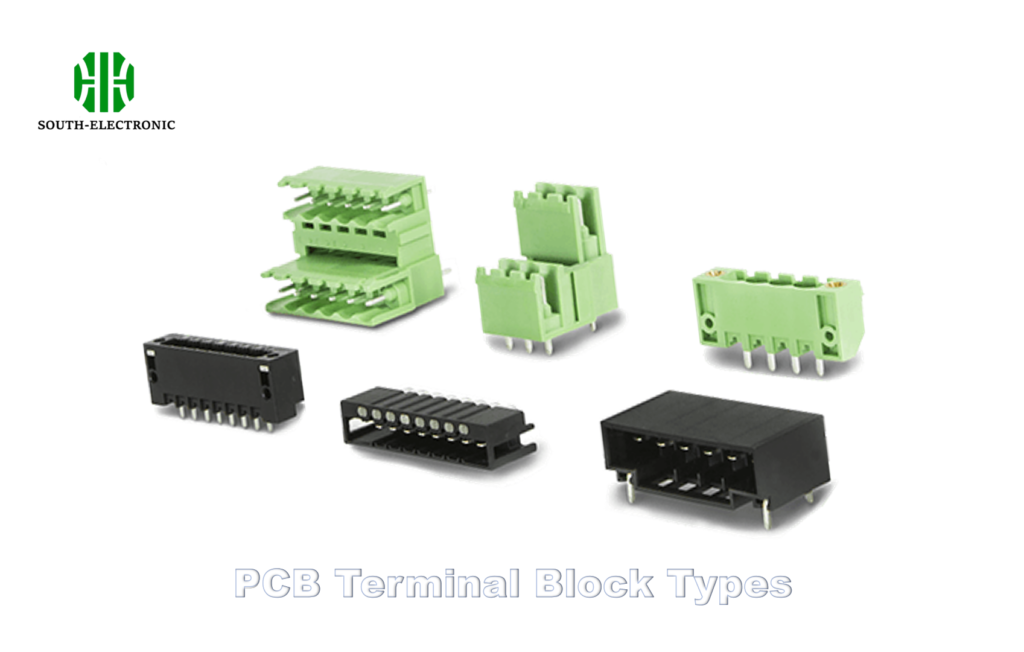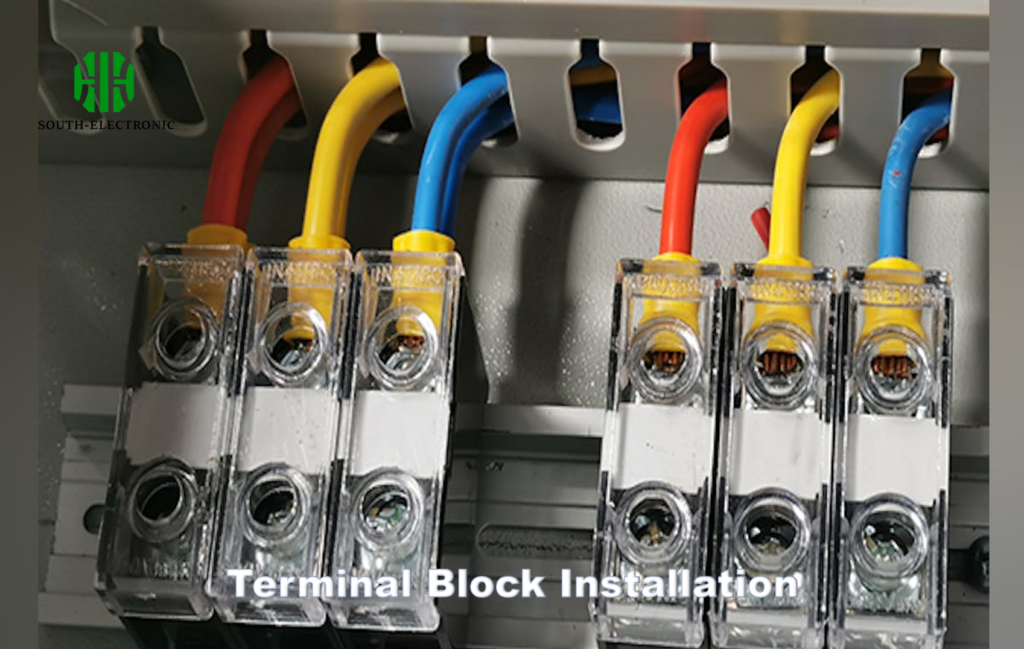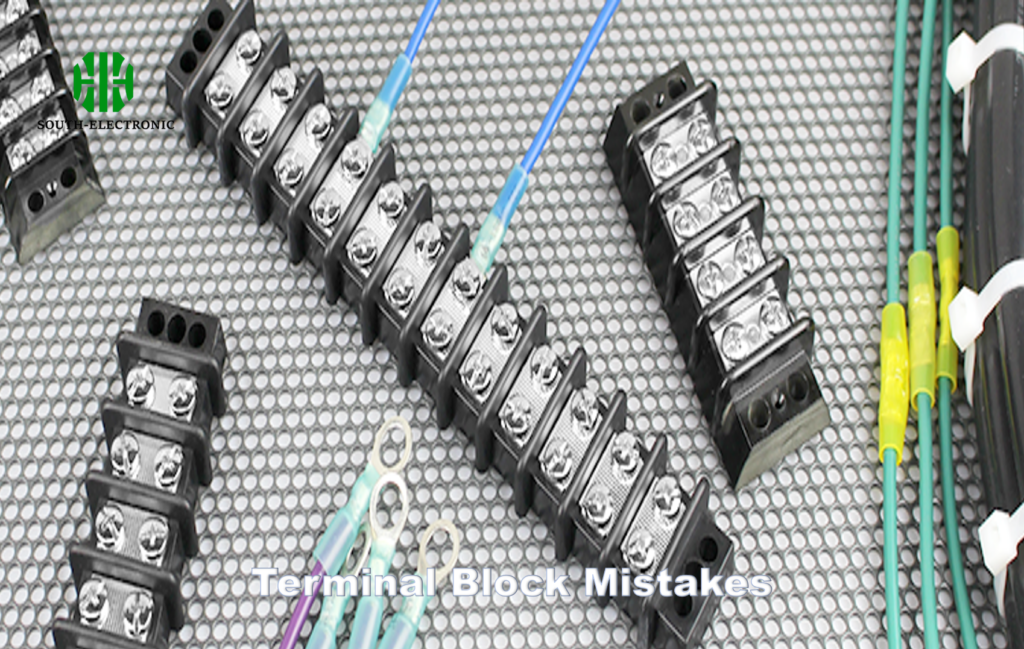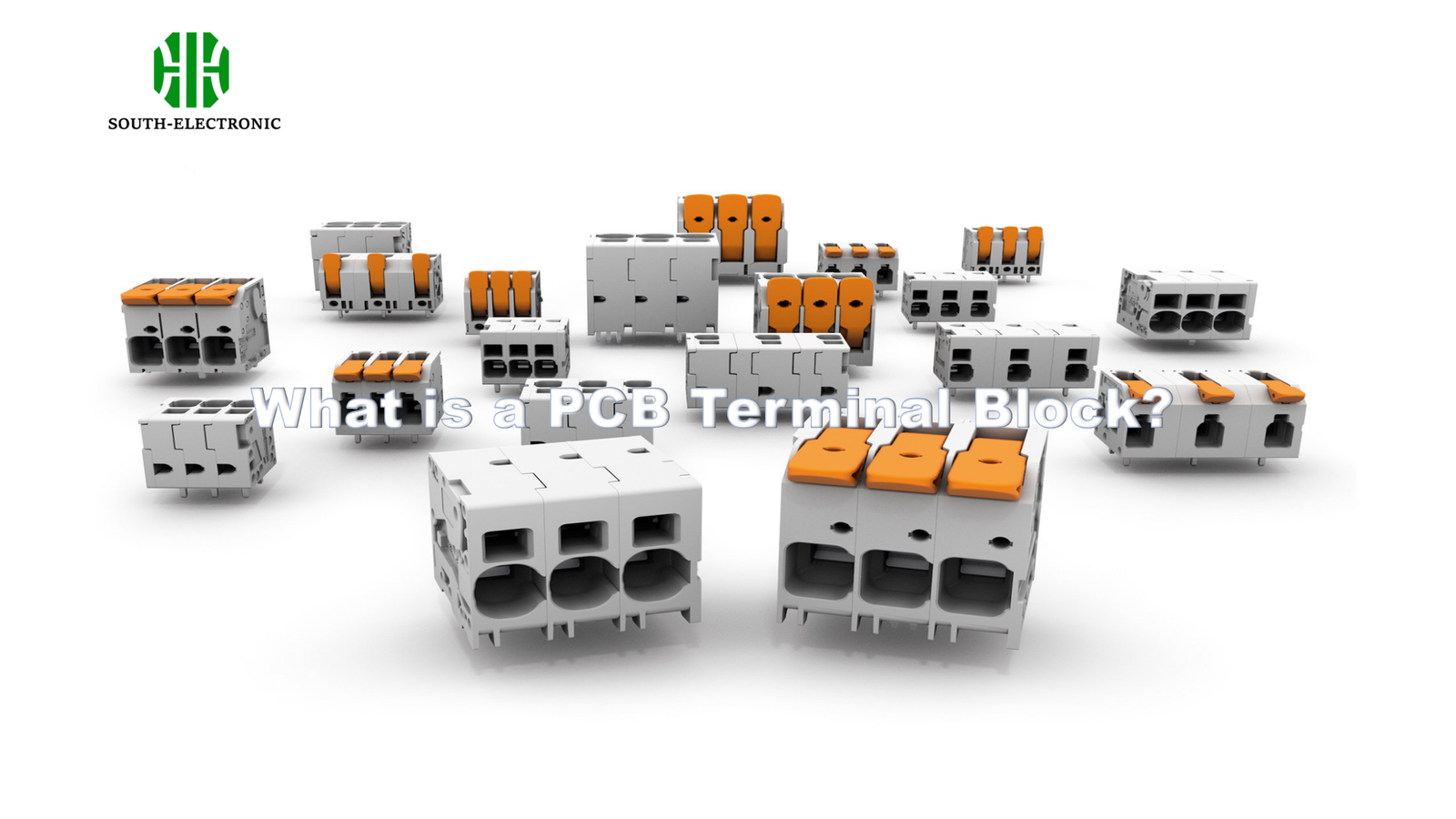Are you struggling to connect wires safely to your printed circuit board? Loose connections can cause sparks, short circuits, or system failures. PCB terminal blocks solve this problem by creating secure, organized contact points for wires and circuits.
PCB terminal blocks are modular insulated connectors that safely transmit signals, data, and power to circuit boards. They provide screw/clamp mechanisms for wire connections while preventing electrical shorts, making them essential for industrial, automotive, and smart manufacturing applications.
Choosing the right terminal block requires understanding your project’s needs. Let me break down the critical factors to consider for optimal performance and safety.
What Types of PCB Terminal Blocks Exist & How to Choose?
Ever felt overwhelmed by terminal block options? Using the wrong type can lead to loose wires or system overheating. Learn to match terminal blocks to your specific electrical and environmental demands.
Common PCB terminal blocks[^1] include screw-type[^2] (secure for high vibration), spring-clamp[^3] (quick installation), and push-in (space-saving). Choose based on current rating (5A-50A+), voltage (AC/DC), wire size, and environmental factors like humidity or temperature.
)
Breaking Down Terminal Block Categories
Terminal blocks differ in connection mechanisms and use cases:
| Type | Best For | Max Current | Installation Speed |
|---|---|---|---|
| Screw-terminal | High-vibration setups | 50A+ | Slow |
| Spring-clamp | Frequent wire changes | 20A | Medium |
| Push-in | Tight spaces | 15A | Fast |
Current capacity matters most.[^4] Industrial machinery often uses screw terminals for high-power stability, while spring clamps suit home automation with lower currents. Always check your system’s peak current needs.
Environmental seals prevent corrosion.[^5] For outdoor/marine use, pick blocks with IP67 ratings. In high-heat areas, ceramic blocks outperform plastic. I once damaged a project by using basic blocks in a humid greenhouse – invest in weather-resistant models upfront.
How to Install/Replace PCB Terminal Blocks Safely?
Ever seen melted plastic near a terminal block? Incorrect installation causes fires and equipment damage. Follow these steps to ensure safe, long-lasting connections.
Turn off power and discharge circuits first.[^6] Use exact replacement parts matching voltage/current specs. Never overtighten screws (torque specs: 0.5–0.8 Nm). Apply antioxidant gel for aluminum wires. Test with a multimeter before final use.
)
Step-by-Step Safety Protocol
- Disconnect power – Verify with a non-contact voltage tester.
- Strip wires properly – 8-10mm exposed, no frayed strands.
- Secure clamp/screw – Tighten until snug, then ¼ turn more.
- Strain relief – Use zip ties to prevent wire tugging.
| Tool | Purpose |
|---|---|
| Torque screwdriver | Prevents over-tightening |
| Wire ferrules | Protects stranded wires |
| Thermal camera | Detects loose connections |
Avoid daisy-chaining blocks beyond their current limit. Label each connection – I spent hours debugging a machine because two blocks shared a hidden ground loop!
What Mistakes to Avoid When Selecting PCB Terminal Blocks?
Choosing terminal blocks seems simple until a factory line shuts down. Over 60% of connection failures stem from terminal block errors. Avoid these traps to save time and money.
Never ignore temperature ratings[^7] or mix AC/DC blocks. Prevent vibration loosening with screw locks. Skip cheap zinc alloys – use brass/copper for conductivity. Verify UL/CE certifications match your region.
)
Common Pitfalls & Fixes
| Mistake | Consequence | Solution |
|---|---|---|
| Undersized current rating | Melted housing | 150% of max load needed |
| Wrong wire gauge | Poor contact | Match block specs |
| No safety gap[^8] | Arc flashes | 3mm clearance minimum |
Never assume blocks are interchangeable. A client once swapped DIN-mounted blocks with PCB types, causing misalignment and arcing. Cross-check dimensions and pin layouts. For IoT devices, use fused blocks to protect microcontrollers.
Conclusion
PCB terminal blocks ensure safe, adaptable connections across industries. Match types to your power needs, follow installation protocols, and avoid specification mismatches to build reliable electrical systems ready for Industry 4.0 demands.
[^1]: Explore this link to understand the various applications and benefits of PCB terminal blocks in different industries.
[^2]: Learn about screw-type terminal blocks and why they are ideal for high vibration environments by visiting this resource.
[^3]: Discover the quick installation benefits of spring-clamp terminal blocks and their applications in electronics.
[^4]: Understanding current capacity is crucial for selecting the right terminal block for your application, ensuring safety and efficiency.
[^5]: Learn how environmental seals enhance the durability of terminal blocks, especially in harsh conditions, ensuring long-term reliability.
[^6]: Following safety steps is essential to prevent accidents and ensure proper installation of terminal blocks, safeguarding your equipment.
[^7]: Learn why temperature ratings are crucial for ensuring the safety and reliability of electrical components in various applications.
[^8]: Discover the significance of maintaining a safety gap to prevent dangerous arc flashes and ensure safe electrical connections.



